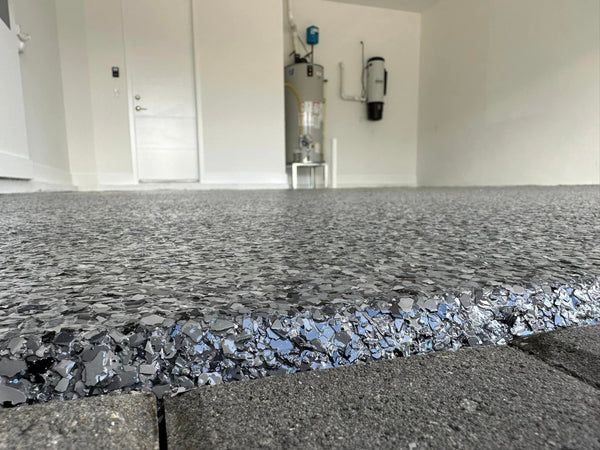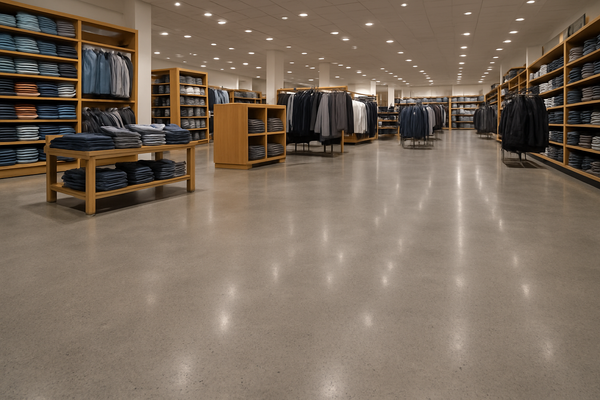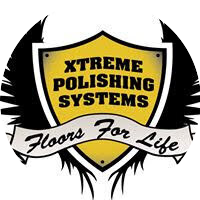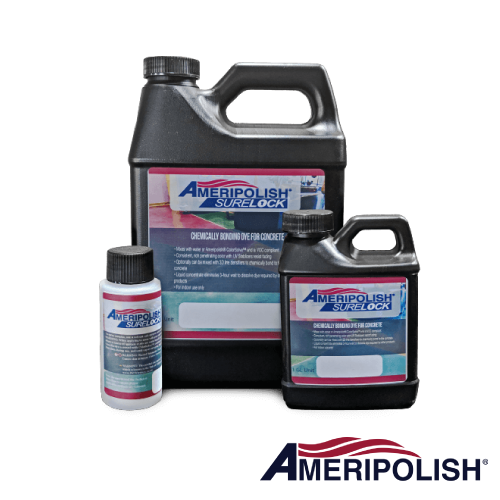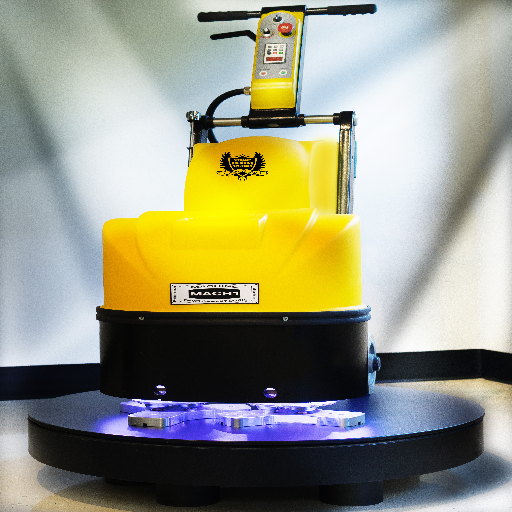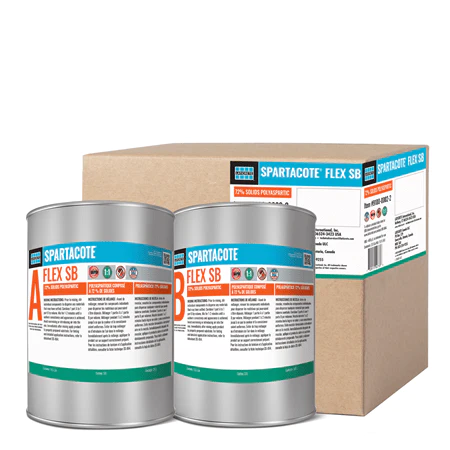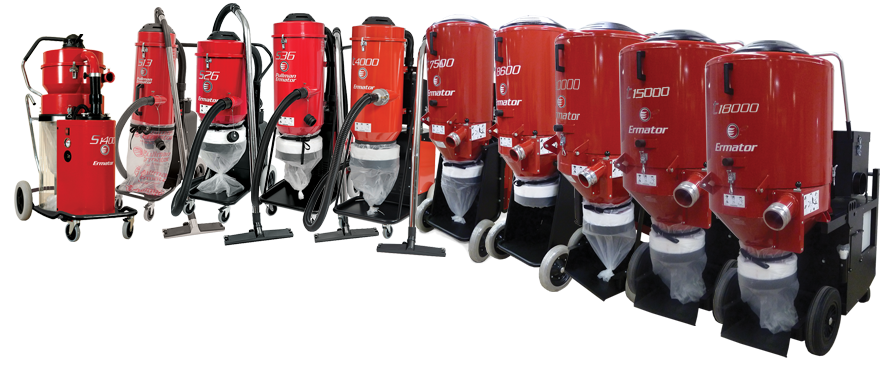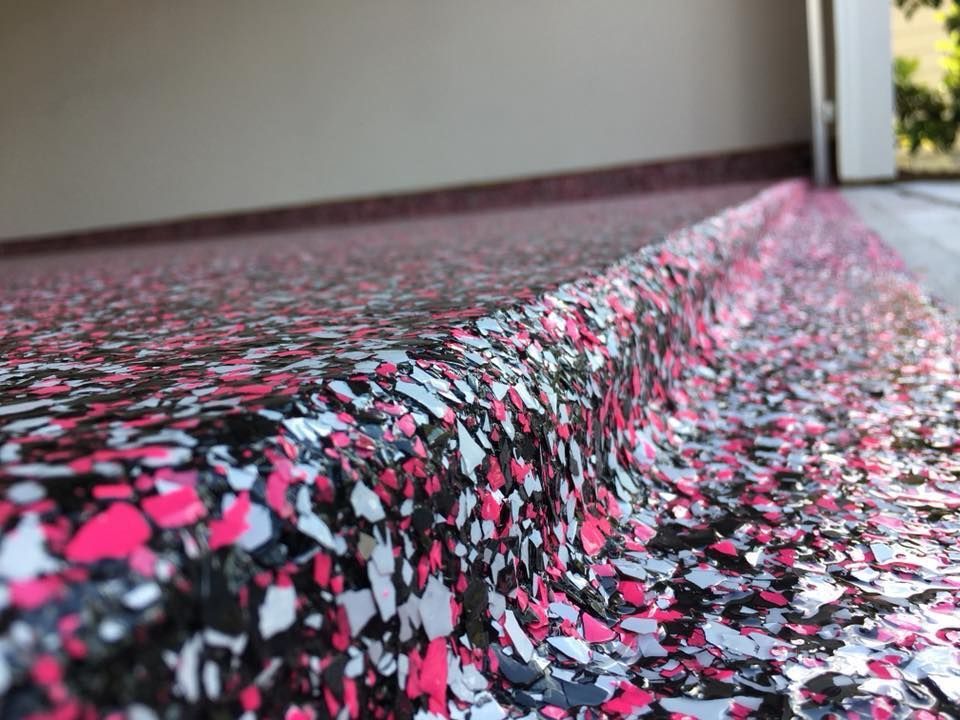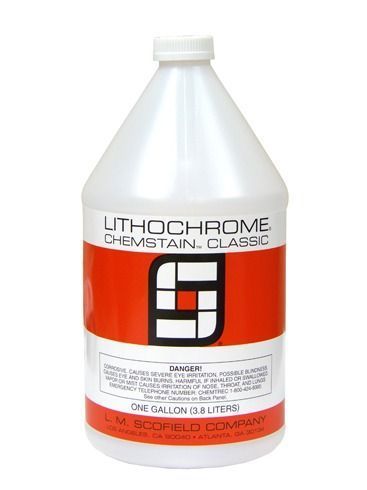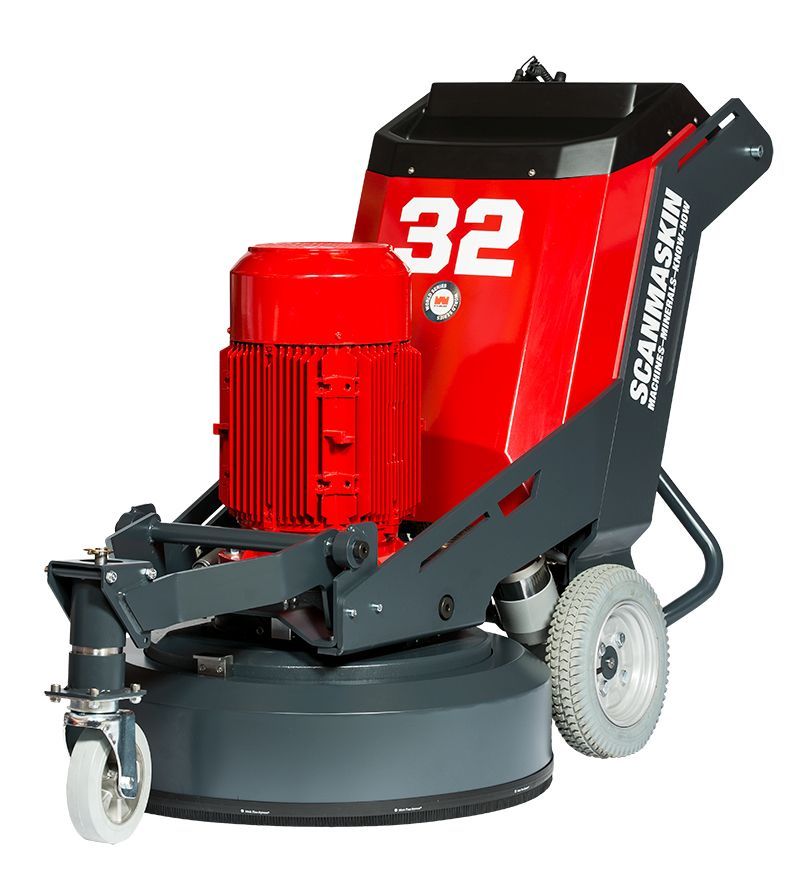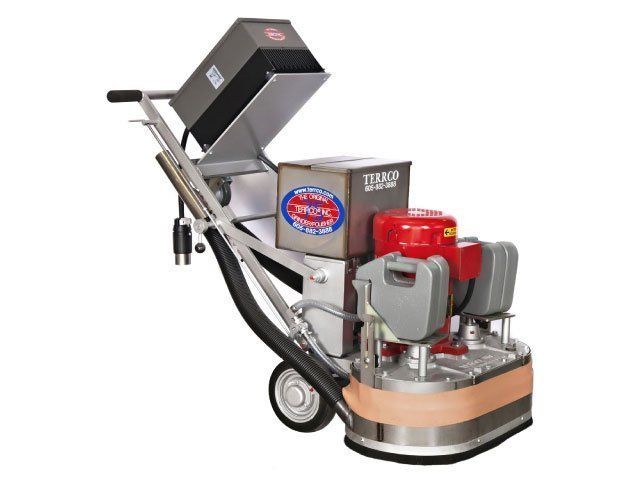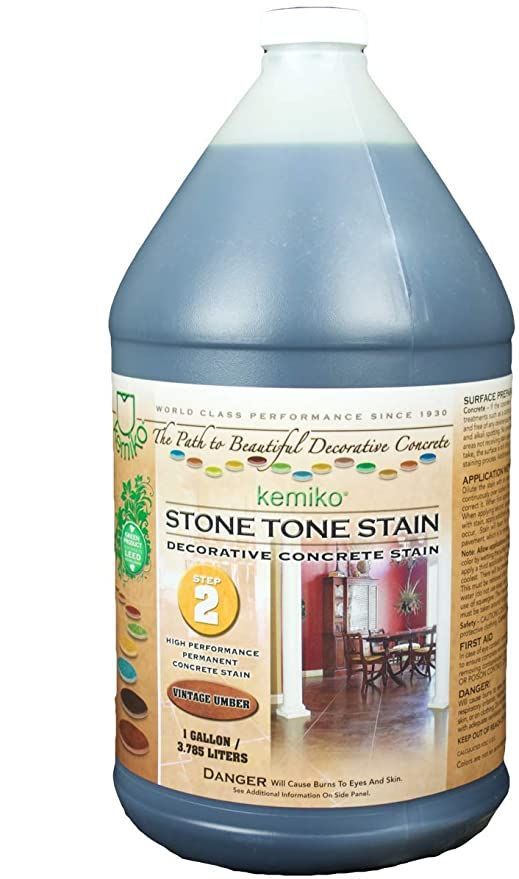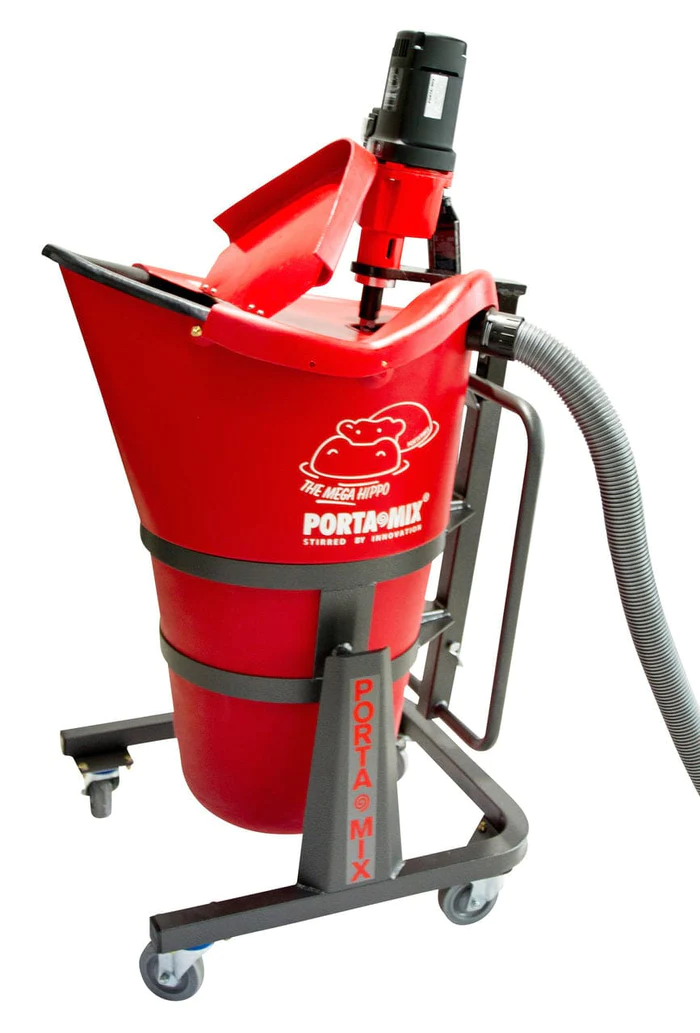Contractor's Guide to Common Epoxy Resin Issues
Epoxy flooring is notoriously easy for dedicated & trained contractors to install. Even DIY enthusiasts are obsessing over epoxy over its ease of use! But, that doesn't mean there aren't a few possible bumps in the road. Don't worry, though! Every issue is entirely preventable, and this guide will help you find the solutions you need to make a perfect epoxy floor .
Troubleshooting 101: Epoxy Floors Common Issues, Easy Solutions
1. Ensure Epoxy Cures Properly
Inconsistent curing results from temperature variations, improper mixing ratios, or moisture. Curing is the easiest part of the process, but it will take the most time. Have patience, get everything right! It'll pay off.
- Keeping temperatures between 70-80°F (21-27°C) during application.
- Moisture prevention & treatment . Even if a floor is not obviously moist, there may be hidden moisture under the surface that will need treatment.
- Adhering to the manufacturer's curing guidelines.
- Mixing and applying epoxy carefully and patiently.
2. Stop Epoxy From Peeling
Peeling often results from poor adhesion. A peeling epoxy resin floor is a ticking time bomb for a reinstallation . Whether its your garage or a warehouse, heavy loads or general wear over long periods of time will expose the peeling more and more.
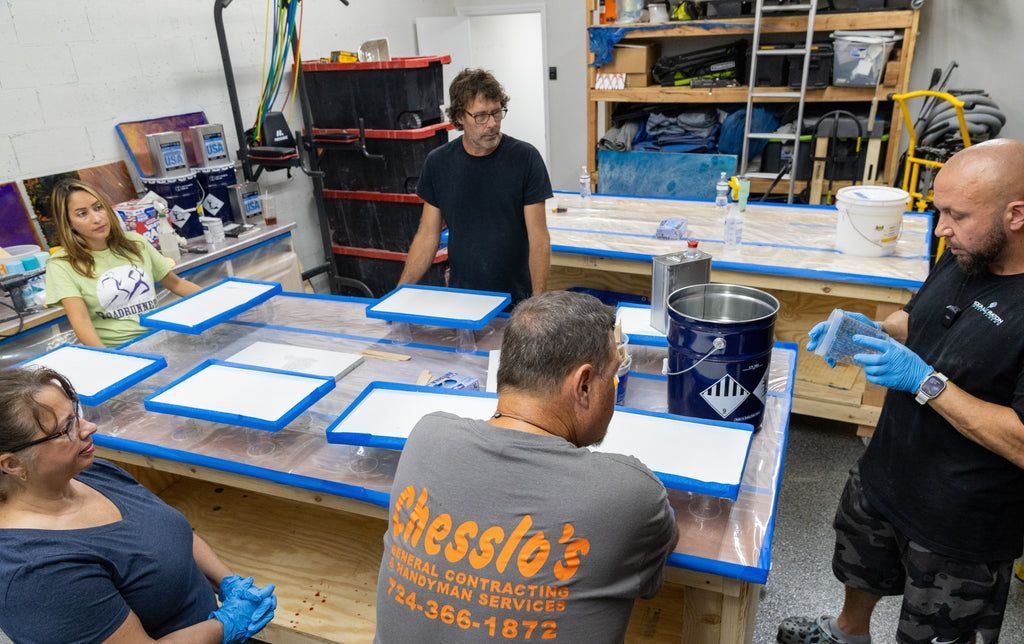
3. Stop Epoxy From Cracking
Cracks typically arise from improper mixing or thick application. Occasionally, it can also be caused by a curing issue (mainly temperature variation). You may notice a theme here: a majority of epoxy resin 's possible issues are rooted in either the very beginning of the process, or the very end. So stay focused from start to finish!
- Accurately measuring and mixing epoxy components.
- Applying thin, even coats.
- Maintaining stable temperatures during curing.
4. Bubbling Epoxy Resin
Bubbles , often from trapped air or moisture, can mar your epoxy floor. They also happen to be the easiest to identify & treat!
- If you find bubbles post-cure, you'll want to carefully grind or scrape the bubble.
- Prevent bubbles with proper moisture control & treatments .
- Install epoxy resin on clean, level floors in controlled ambient temperatures.
- If bubbles appear during cure , treat them individually with a heat gun.
5. Combatting Epoxy Yellowing
Yellowing is the longest-term issue you'll face with epoxy resin . It's easy to mitigate if you prepare for it, but it's the hardest to solve post-application. So, be prepared with these tips:
- Using UV-resistant epoxy especially, for a topcoat, such as polyaspartic resins .
- Plan ahead by choosing a color palette for your epoxy that will better hide the potential future yellowing.
- Provide proper coverage from any UV source. While that alone won't prevent 100% of future yellowing, it will mitigate much of it.
Conclusion
Epoxy is considered so easy not just because the installation is simple, but also because every issue that may come about is so easy to solve! With the help of our Xtreme Polishing Systems ' experience, you can avoid all of these issues, too. Whether its prevention or cure, don't settle for an imperfect floor.
Xtreme Polishing Systems (XPS) is your central hub for epoxy resin & flooring contractor resources! If you need on the job guidance or resource support, our team of technicians is on call at (877) 958-5264 to help.
You might also like
